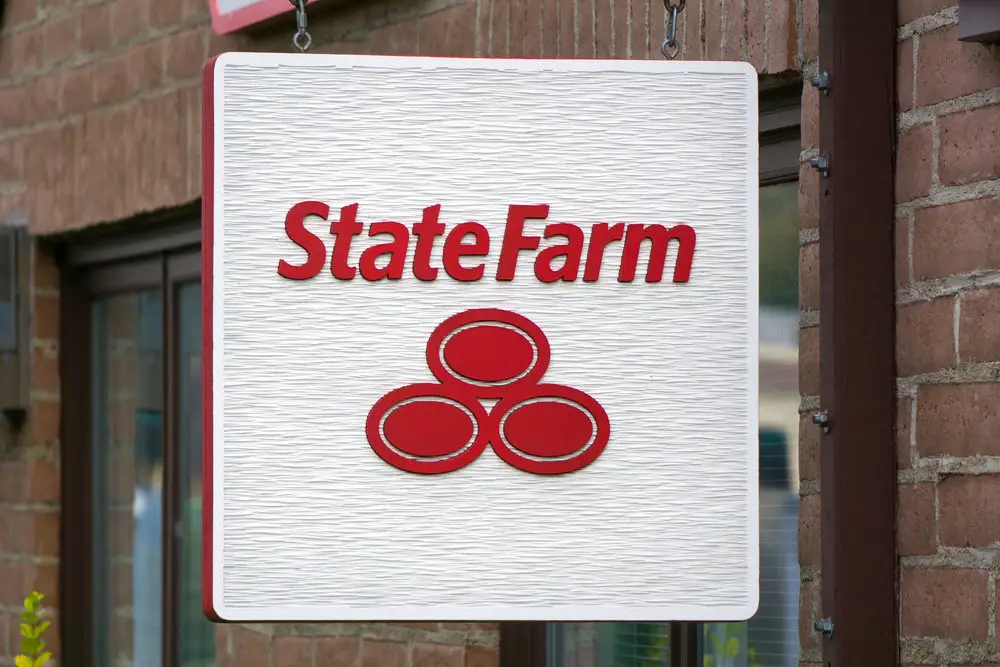Nobody wants to have mold in their home, so if you have spotted some in your home, you are probably brainstorming ways that you can get rid of it.
There are lots of products available on the market, like mold killing primer, but do they work?
When you purchase any product that claims to get rid of mold and stop it coming through again, you expect it to work, but unfortunately, this isn’t always the case for all mold treatment products

To help you know which products to use and how to use them successfully to banish the presence of mold from your home, we are going to give you some helpful information on mold killing primers in this article.
Do You Have to Paint Over Mold Killing Primer?
Once you have applied your mold killing primer, and it has completely dried all the way through, you should paint over the affected area with a mold-resistant paint.
If you were to go in with a normal paint, the mold is more than likely going to spread to it and continue to grow from there, which is the opposite of what you want.
A mold resistant paint will work just like the primers that you can get, meaning that an antimicrobial is added to the mixture to help prevent future mold growth in your home.
For the best results, you should use both of these products to create a successful barrier.
Something that you should keep in mind is that painting over mold will only work temporarily if you do not fix the source of the mold first.
As well as this, you will need to use the mold killing variety, rather than standard paint, as this is one of the few ways to stop the mold from coming through.
If you want your paint to work successfully, you will need to go in with a mold killing primer first.
The affected area should be as clean as possible, and all of the mold should either be removed or covered with a mold sealant.
To increase your chances of success, you should try to clean off as much of the mold as possible before going in with your primer. You should also try to dry out the surface as much as you can.
Does Zinsser Mold Killing Primer Work?
Zinsser Mold Killing Primer does work, and it can be used to paint over and kill any mold that is on the surfaces in your home. It can also work to eliminate any mildew and odor-causing bacteria.
You can simply apply it to the problem area, and the antimicrobial agent inside it will work to prevent the growth of mold and mildew. This is a water-based primer that can be used on either non-porous interior or exterior surfaces.
This paint will definitely work as long as it has been used correctly, and that you follow up with a mold-resistant paint once the primer has dried.
The antimicrobial that is used in this product has been certified by the FDA, though it is not recommended to simply paint over the existing mold. This is due to the fact that while it will stop it growing through the paint and onto the surface, it will still be able to grow behind the wall.
When Can I Paint Over Zinsser Mold Killing Primer?
You can paint over a Zinsser Mold Killing Primer once it has completely dried. Otherwise, the two layers can mix together and create undesired results.
Thankfully, this product will dry to the touch really quickly, in just 30 minutes. You will be able to add a top coat within an hour of applying the primer.
For the best levels of protection against mold, you should apply your top coat within 72 hours of applying the primer.
What is the Best Mold Killing Primer?
The best and most highly recommended mold killing primer is the Zinsser Mold Killing Primer, which is the only product on the market that claims to prevent future mold growth and actively kill any existing mold.
However, before you go ahead and apply it directly to the mold, you should know that this product will only work on smooth surfaces.
This means that if the surface is porous, the primer may not make it all the way through the mold, and be unable to kill it entirely. So, it might be best to clean up the mold before you start applying it.
How to Apply Zinsser Mold Killing Primer
The first thing that you need to do is to clean up the mold affected area as much as you can. Next, apply the primer to prevent future mold growth.
Once this primer has dried, follow up with a top layer of mold resistant paint for the best end results.









